Blackfin Resort and Marina, Marathon, Florida, is an island paradise and a welcome slice…
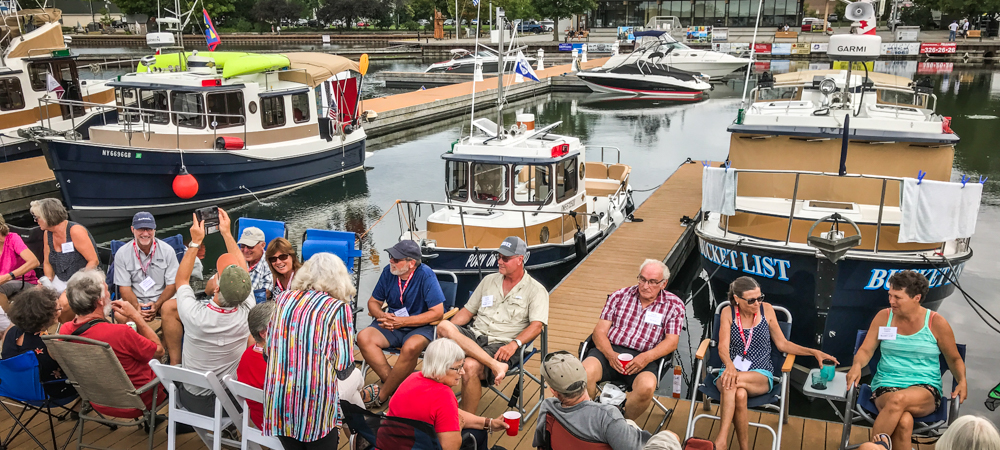
Ranger Tugs – A Serious Choice for Cruising the Great Loop Adventure
3.
Off We Go…
15.
Ranger Tugs – A Serious Choice for Cruising the Great Loop Adventure
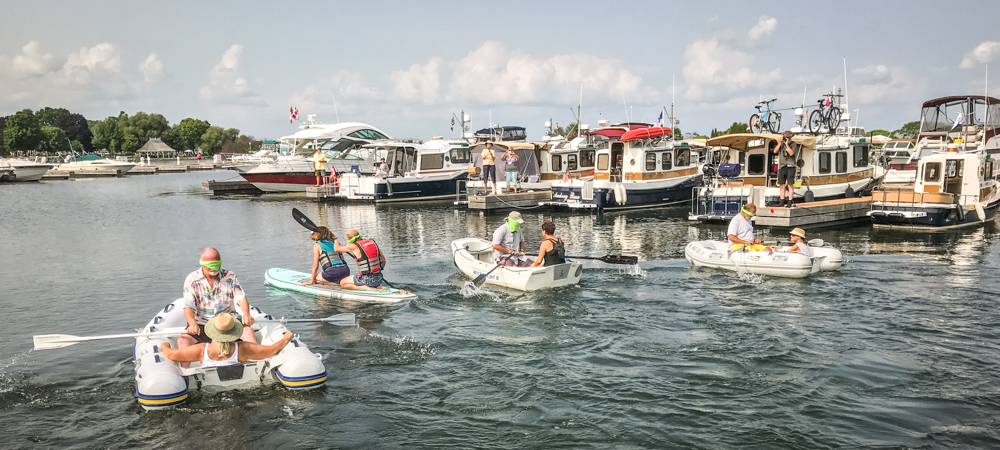
Looking for a Worthy Boat to Take On the Great Loop Adventure?
We received a comment on our YouTube Page, asking us why most people planning on doing the Great Loop Boat Trip look for and buy, “Vintage, 20-30-year-old planing hull, fly-bridge boats.” “Why not buy modern, semi-displacement trawlers, that portray a serious dedication to seamanship?” This comment caused me to ask myself the question of why we became Ranger Tug owners many years ago. If those boats had been on our radar, would we have gone with a newer, smaller boat to do the “Loop?”
Jim and I did the Great Loop boat trip almost twice, in two different boats. In our first “Loop,” (2005) we completed the Loop in the boat we had, a 42-ft. Silverton Convertible. Comfortable boat, perfect for cruising the Great Lakes. However, by the end of the trip, in 2006, we were already looking at trawlers for our second go at it. We settled on a new Fathom 40, a trawler made in the Pacific Northwest. It was a great boat for the Loop. After completing our 3/4 of a Loop in 2010 and living on a boat for five years, we were feeling restricted by owning a large boat. We craved the adventure that cruising new territory brings. There were so many areas we still wanted to explore, but most were on the other side of the country.
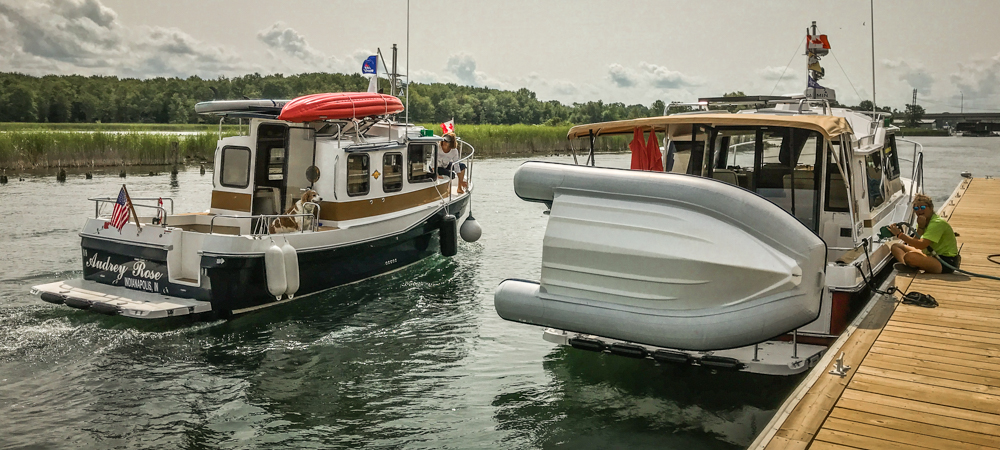
We saw our first-ever Ranger Tug at an America’s Great Loop Cruisers’ Association (AGLCA) Rendezvous, at Rogersville, Alabama, in 2007 (during our second Great Loop trip). After that, we sought out Ranger Tugs as we considered future cruising. We loved the design and the attention to detail Ranger Tugs provided. Both our tugs (a 2011 R27 and a 2018 R29) had/has all the amenities of our larger boats, except for the washer/dryer on the Fathom. While we would have kept the Fathom in Florida for winter cruising, it was frustrating because we also wanted to have her in the Great Lakes for summer cruising. We did not want to spend the time or money moving up and down the coast every year.
For us, the best cruising was yet to come. A trailerable trawler was the ultimate answer for us. The cost savings of being able to trailer her overland to save time and money, compared to taking her by water is enormous. When at home, we can park her on the trailer in our driveway, saving expensive dockage or storage costs. We also use her as a “Boaterhome” while on the road driving to a cruising destination. The cost savings are across the board with a smaller, trailerable boat.
Both our Ranger Tugs made cruising easy and fun.
Docking was easier, Locking through was as simple as could be (see the video below) and boat maintenance became a much quicker job, inside and out. One of the pluses we experienced quite often when anchoring, was that these boats have a shallow draft compared to some of the large boats. Seems we can always find a spot in an anchorage in the shallow area when the rest of the anchorage is full. We’ve even beached our boat in Lake Powell and on an island in Florida.
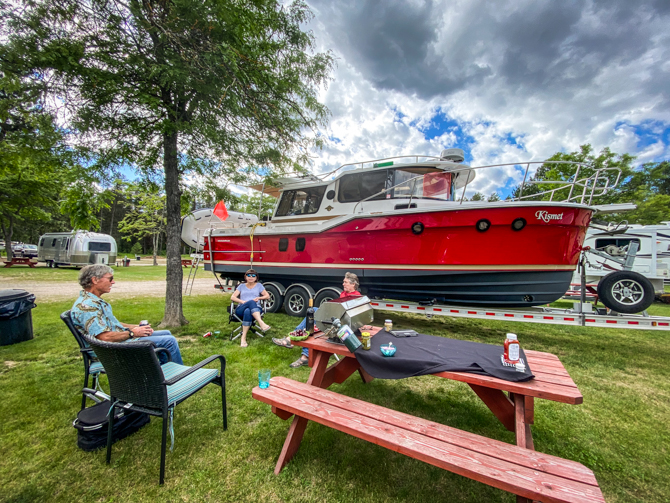
However, since our knowledge of boats has grown over the years, and now that we know a great deal more about Ranger Tugs, we would, without a doubt, have done the Loop in one of these boats. Since we’ve completed the Loop almost twice, we have focused our attention on places we want to cruise that are farther away from the Eastern United States. The best cruising in the USA and Canada is in the PNW, in our humble opinion. The tug made our transition from water-bound cruising to trailering a decision we have not looked back on.
Most Ranger Tugs are easily trailerable.
This should appeal to Loopers who would like to establish their own time frame for doing the Loop. Not everyone is retired or can take off work for a year or more to cruise the waterways. Loopers, who don’t want to wait for retirement, often opt for doing it in stages. With a trailer, you could return home, with the boat on the trailer, and return when you have more time off. We personally know Loopers who are owners of a Ranger Tug. They did not want to do the Gulf of Mexico crossing, from Carrabelle to Tarpon Springs. Many boats get held up in Carabelle due to long wait periods for optimal weather conditions. So, our friends opted to trailer their boat from the Panhandle to Tarpon Springs. That was their comfort zone and it worked for them.
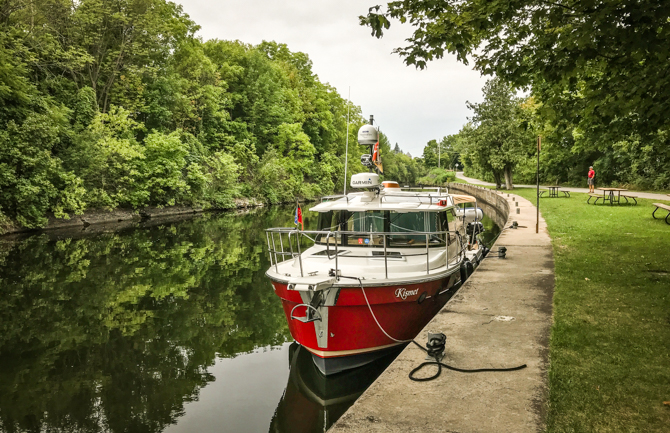
I agree with the commenter’s assessment (please go to our YouTube page to see the full comment and question). The only reason I can guess about this situation is that, like Jim and I, when we were newbies – people may just assume they need a big hunk of a boat to do the Loop. Many do the trip and soon after, turn around and sell the boat to another prospective Looper. There are boat brokers who specialize in selling previous Loop boats to prospective Loopers with pitches such as, “This boat is ‘Great Loop’ ready by previous owners.”
Maybe they get boat-buying advice from friends that have completed it with a big old boat. Some may experience trepidation in undertaking something unfamiliar to them, and a bigger boat may offer a perceived protective effect. Maybe people are just not accustomed to sharing such a small space with partners and too much togetherness. Or perhaps they just want to take a lot of stuff with them. I think newbies to boating, who are expecting to spend a year at sea, think bigger rather than smaller is the way to go. A roomier boat may have been a concession to get an unwilling partner to join in the adventure.
I believe the tide is turning. When we did both our Loops, trailerable boats were not the norm. More and more Ranger Tugs are trailering to the Eastern United States from all over the nation to experience the Great Loop Adventure. As I write this, we are in the Pacific Northwest. We’ve heard more boaters out here talking about trailering their boats out east to do the Loop than on any of our previous trips west.
Looking forward, I predict we’ll see a larger percentage of boats on the Loop will be newer, trailerable boats, it just makes sense. Ranger Tugs kinda has a jump on this. To those who have asked our advice on the subject – we say, without a doubt after racking up some extensive cruising experiences, Ranger Tugs are an excellent option for enjoying an experience of a lifetime – the Great Loop Adventure.
Take a look at our video (above) of the Trent Severn Waterway portion of the Great Loop.
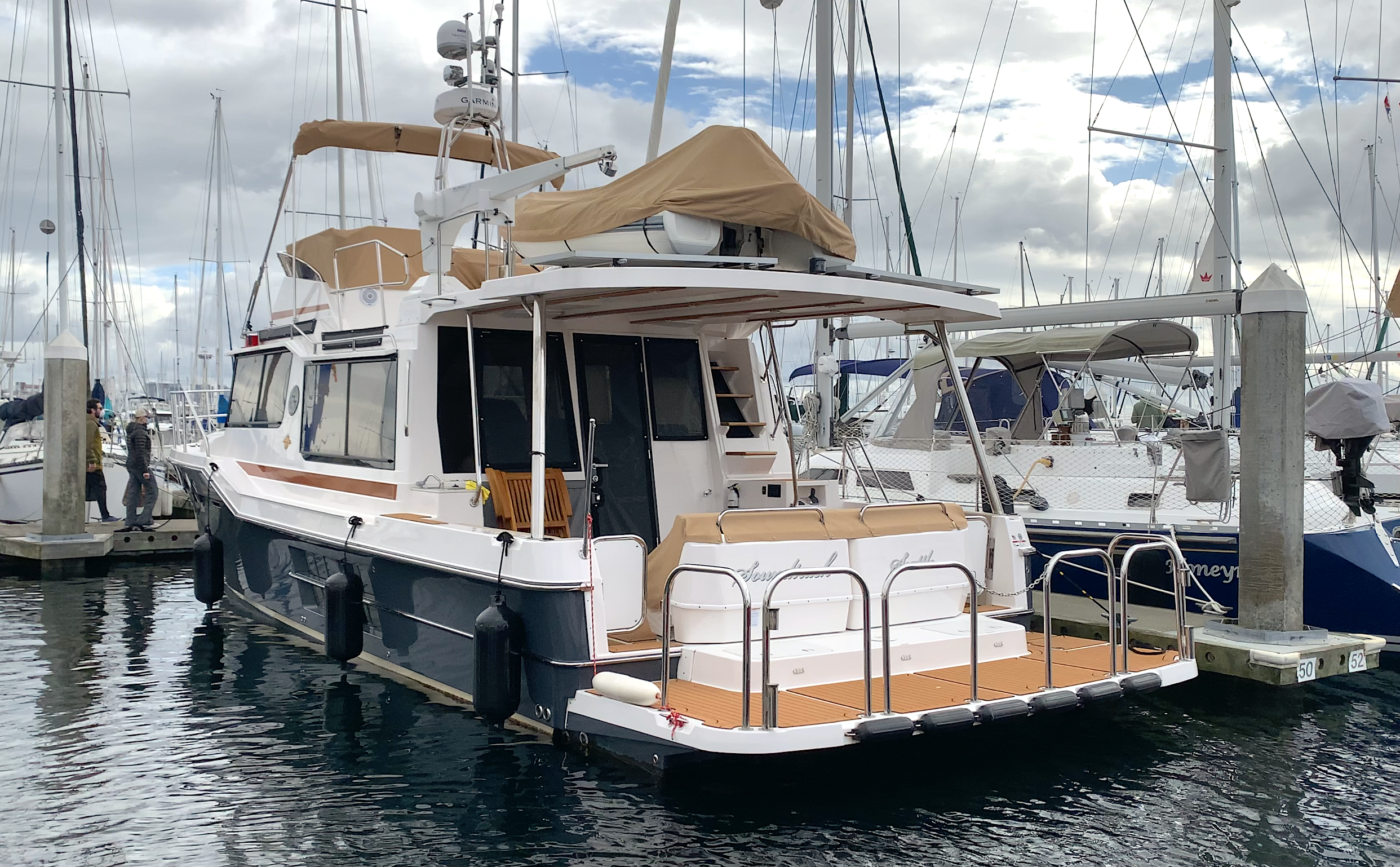
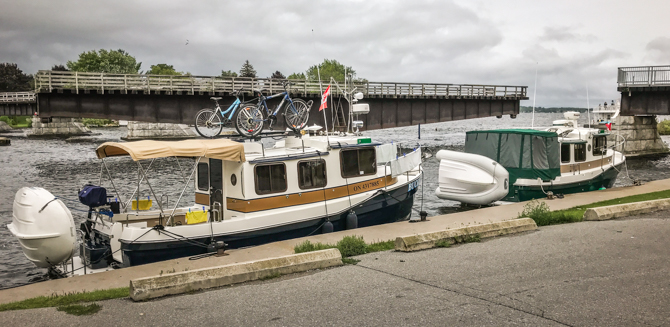
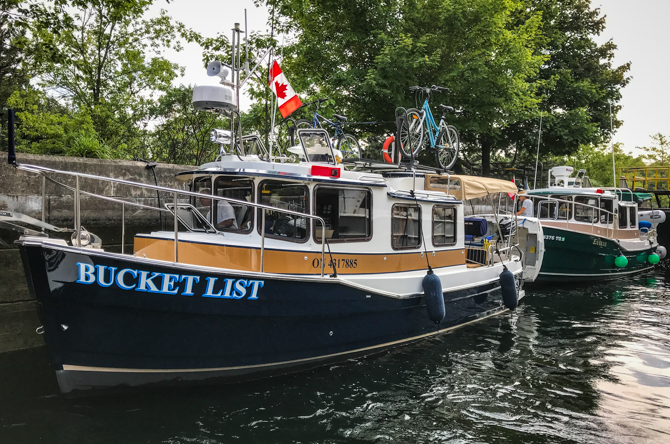
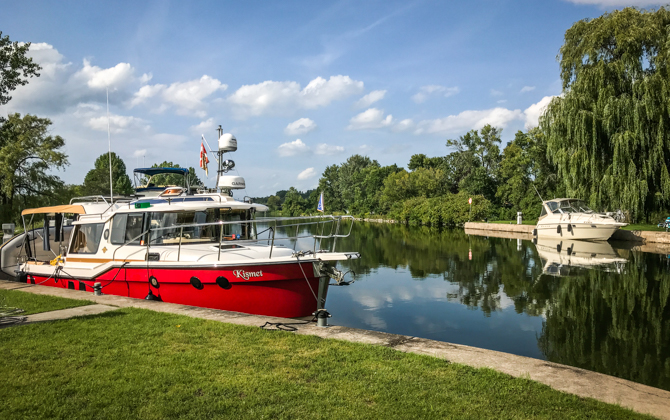
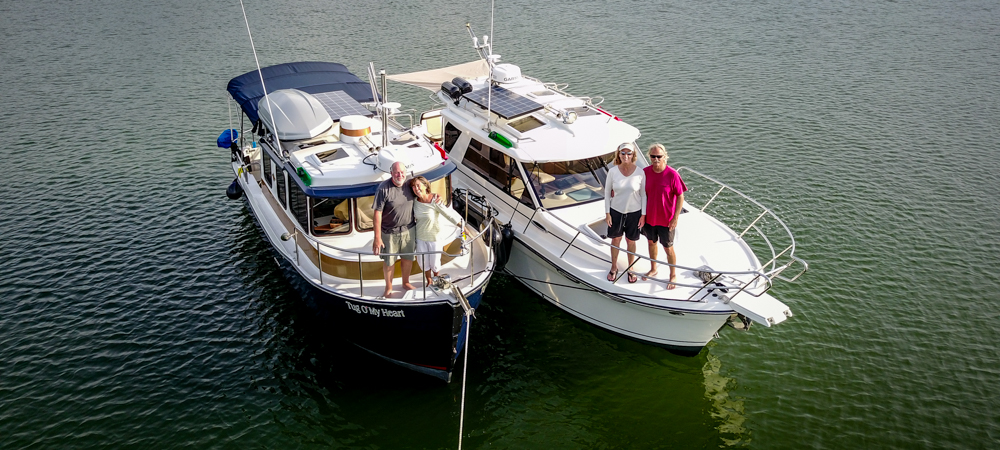
Fluid Motion also has another line, Cutwater Boats (the boat on the right in the above photo). I didn’t write about Cutwaters here because all of our experience has been on Ranger Tug Boats. To find out more, check out their website.
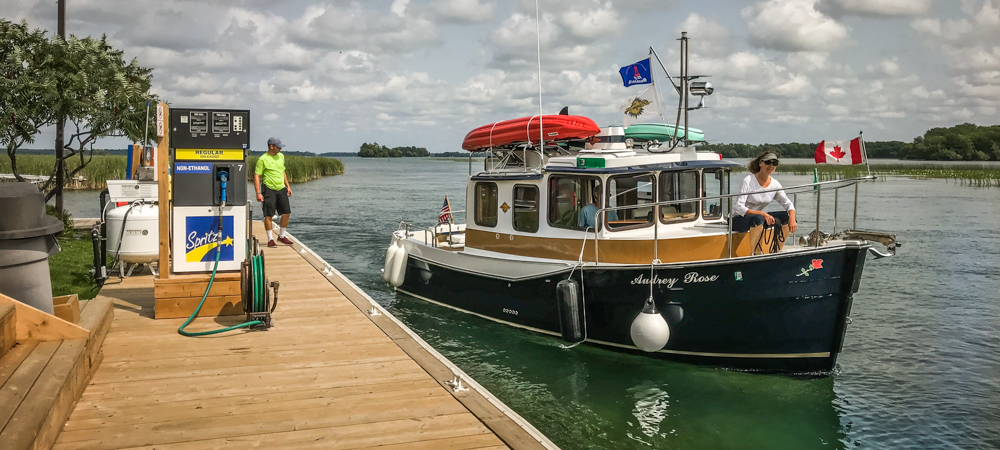

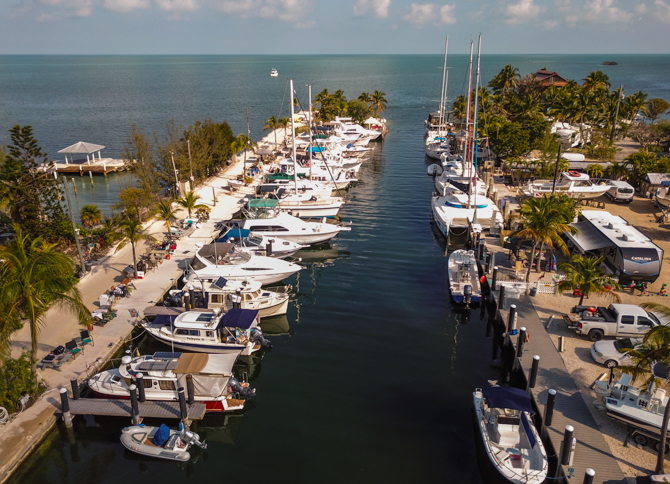
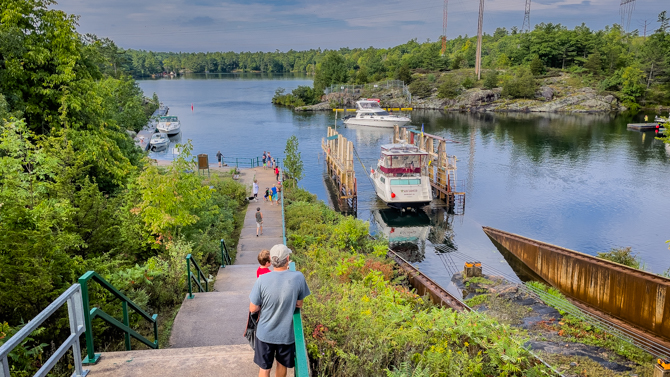
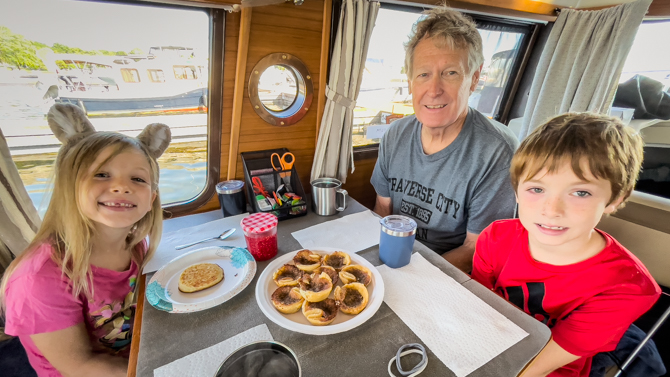
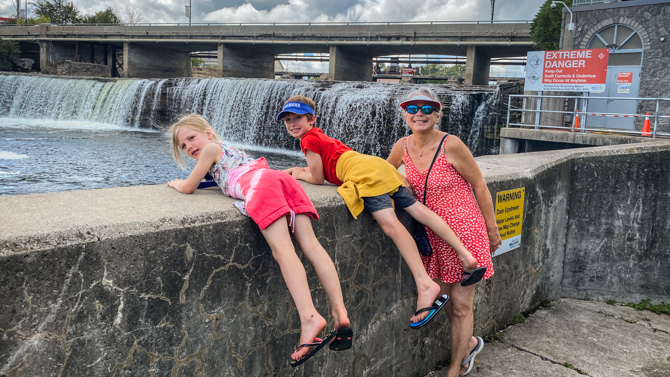
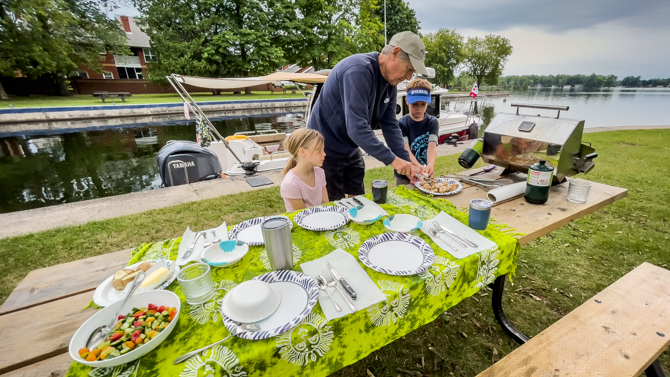
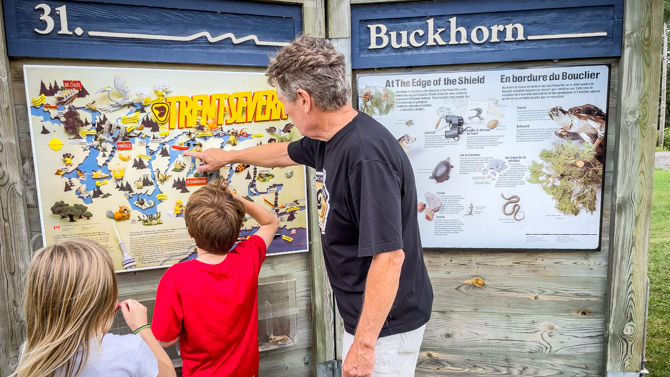
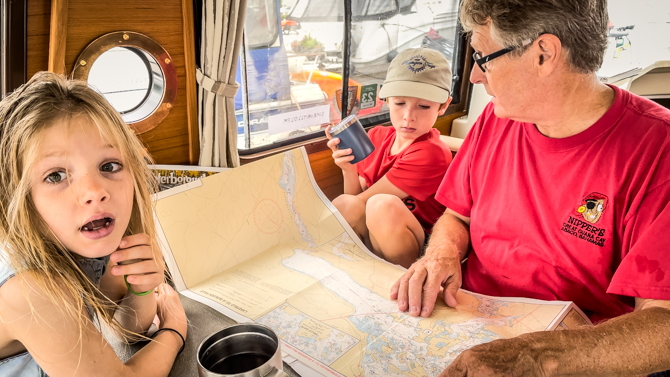
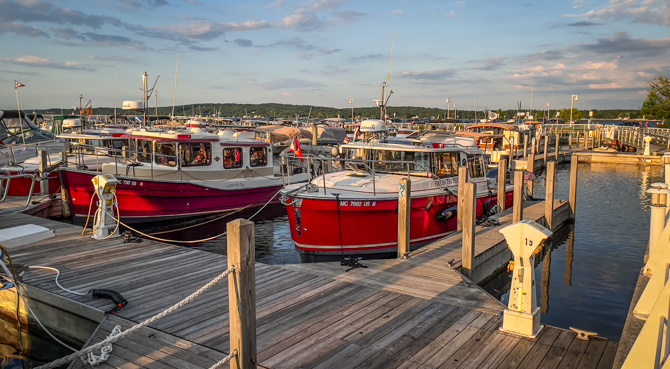
This Post Has 0 Comments